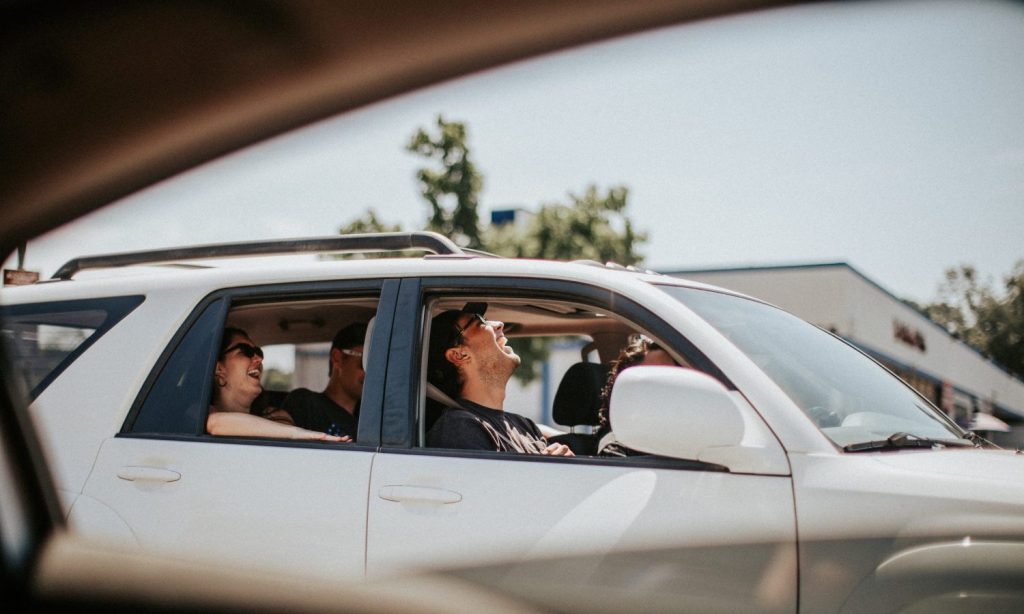
Is high driving becoming an issue that society needs to take seriously? The data on this subject is mixed.
Commercial drivers are testing positive for marijuana more these days than any other drug, according to a recent report from the Federal Motor Carrier Safety Administration (FMCSA).
It’s an issue that many trucking companies and courier services must contend with as parts of the United States have gone legal. However, federal restrictions make testing positive for pot a big, fat no-no for commercial driver’s license (CDL) holders. Therefore, drivers can face a wealth of repercussions if they can’t pass a drug test.

Photo by Jed Villejo via Unsplash
If a CDL holder fails a drug test, which is mandated by the Department of Transportation (DOT), they could find themselves in a heap of trouble. They may be forced to attend a drug and alcohol program and take a Return to Duty test, including a drug screen, before being allowed to drive again. From there, the driver could be subject to a minimum of six random drug tests and have to attend more drug classes and jump through additional hoops for the next five years to keep working.
It can’t.
“The bottom line for CDL holders is you can’t use marijuana, even though you have states that allow people to use marijuana on a recreational basis,” said Larry Minor, the associate administrator for policy at the FMCSA.
Photo by Josiah Farrow via Unsplash
It should be pointed out that there’s probably not an influx of truck drivers out there riding high. About half of the failed drug tests were found during the pre-employment phase. This is where an applicant has to pee in a cup to be considered for the job. Another 13,340 were random drug screens. Roughly 1,700 failed drug screens were found following an accident, and a few hundred of them were discovered during return to duty tests. Harder illegal drugs were also found.
Still, is high driving becoming an issue that society needs to take seriously? The data on this subject is mixed.
Some studies show there hasn’t been an uptick in stoned driving since states started legalizing marijuana. But a lot of that research came when states first began experimenting with legal weed. Since then, other research has shown that high driving has become prevalent in parts of the country.
The problem is there isn’t a device for gauging marijuana impairment. Some increases may involve people who weren’t actually stoned at the time of a traffic stop or accident. To better monitor marijuana intoxication on the American roadways, science must first develop a practical tool (like the breathalyzer) for law enforcement to use.
CDL holders, however, are going to need the federal government to change the law before catching a break.